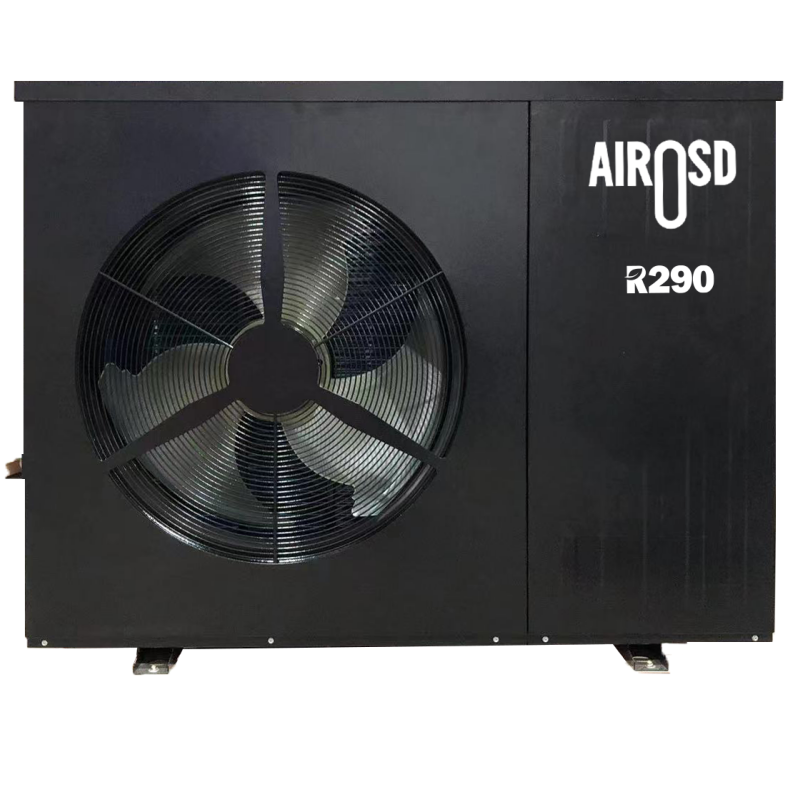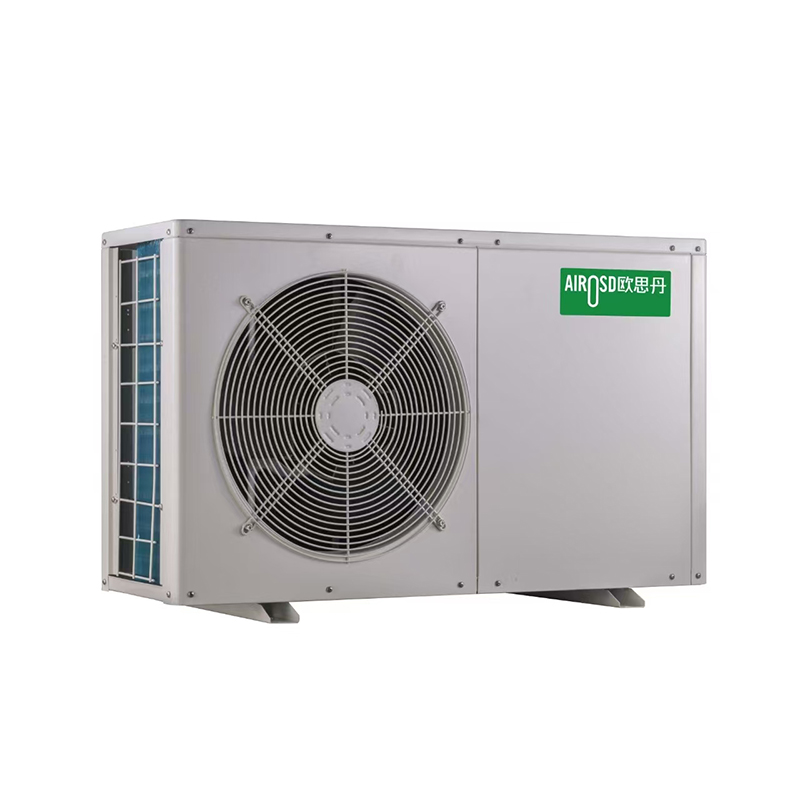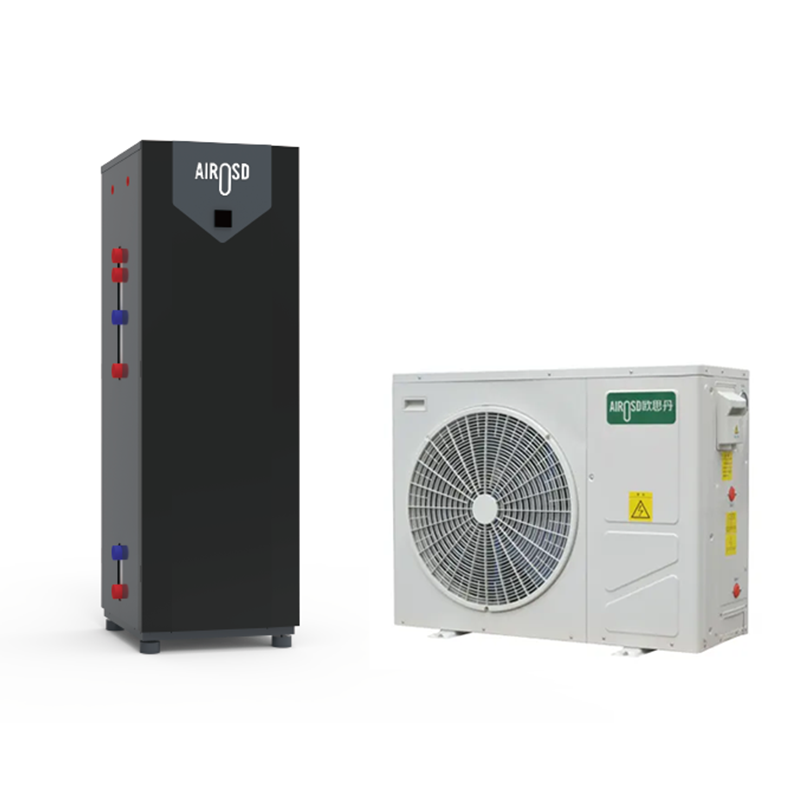What Is the Energy‑Saving Principle of Heat Pumps?
With the intensifying global energy crisis and rising environmental awareness, the adoption of air source heat pump systems and other heat pump technology has surged in heating, cooling, and domestic hot water applications. Although the upfront heat pump installation cost can be higher than conventional systems, the long‑term savings on heat pump cost and air source heat pump cost make these systems increasingly attractive. This article explores the energy‑saving principle of heat pumps, covering their basic operation, efficiency metrics, advantages, influencing factors, and typical applications. Along the way, we’ll show how heat pump technology reduces heat pump cost and why an air source heat pump delivers superior value despite heat pump installation cost.
1. Basic Working Principle of Heat Pumps
A heat pump “moves” low‑grade thermal energy from the environment to a higher‑temperature sink using four main components: a compressor, an evaporator, a condenser, and an expansion valve. In each cycle, the air source heat pump or ground‑source variant extracts ambient heat and delivers it indoors, all while keeping heat pump cost to a minimum over time. The stages are:
Evaporation (Heat Absorption): Low‑pressure refrigerant absorbs heat from outside air or ground via the evaporator. This is where heat pump technology shines—capturing free environmental heat to offset air source heat pump cost.
Compression (Pressure Increase): The compressor raises refrigerant pressure and temperature. Though this step uses electricity—one component of heat pump cost—the resulting temperature boost drives remarkable efficiency.
Condensation (Heat Release): High‑pressure vapor releases heat into indoor air or water loops in the condenser. Because the released energy far exceeds the electrical input, the overall COP remains high, helping recoup heat pump installation cost quickly.
Expansion (Pressure Reduction): Refrigerant returns to low pressure through the expansion valve, completing the cycle. Modern heat pump technology minimizes losses in this step, further reducing total heat pump cost.
By leveraging heat pump technology, an air source heat pump can deliver up to four times as much heat as the electricity it consumes, making the heat pump installation cost compelling when balanced against ongoing air source heat pump cost savings.
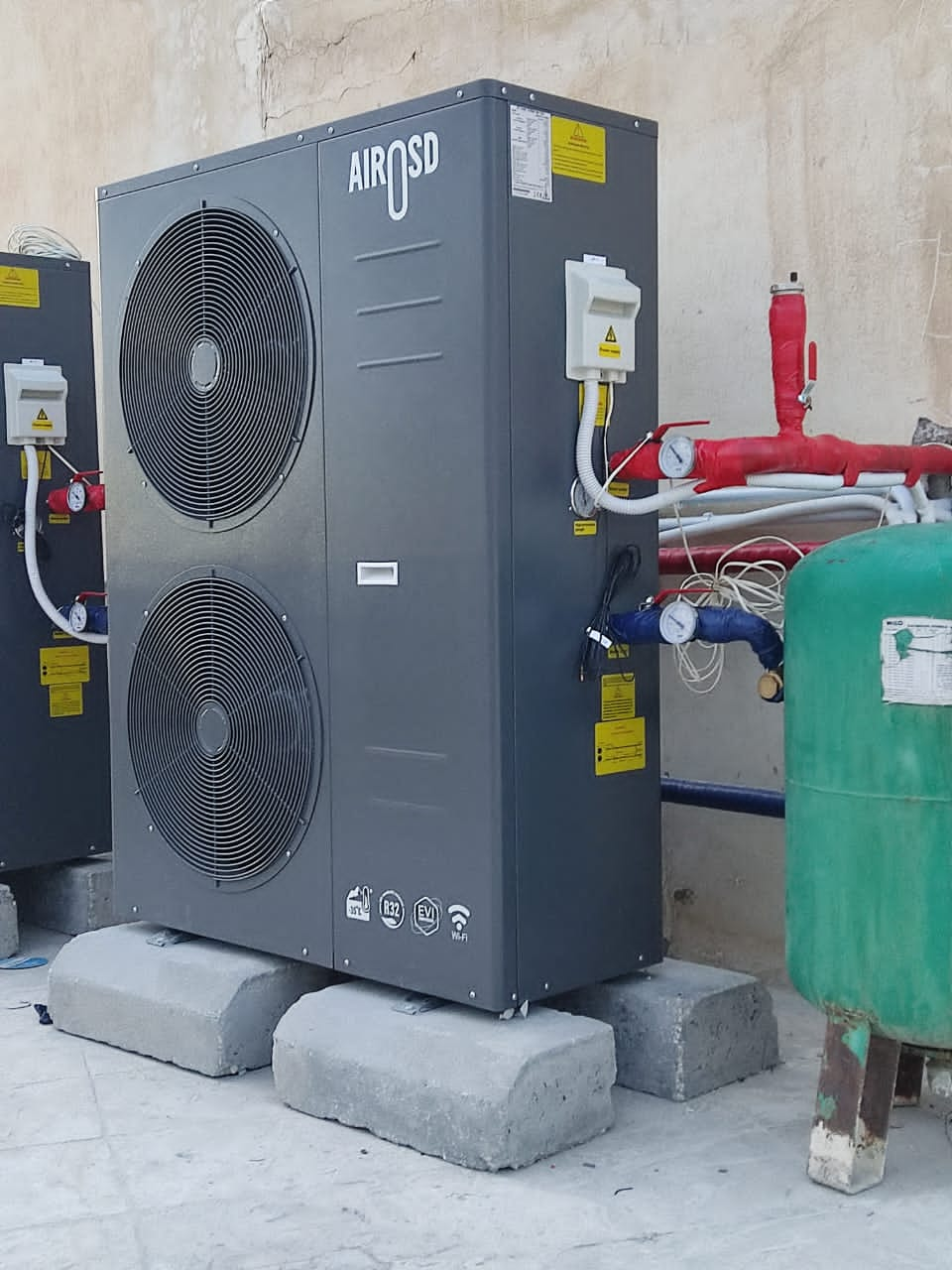
2. Efficiency Metrics: COP and EER
Key indicators for any heat pump system’s performance are:
COP (Coefficient of Performance): Heat output divided by electrical input. A COP of 4 means 1 kW of electricity generates 4 kW of heat. High COP directly lowers average heat pump cost over the system’s life.
EER (Energy Efficiency Ratio): Cooling output divided by electrical input, applicable when the device runs in cooling mode.
Typical COPs:
Air source heat pump units: COP 3–5.
Ground‑source heat pumps: COP 4–6.
These figures clearly outweigh electric resistance (COP≈1) or gas boilers (<90% efficiency), driving down both heat pump cost and air source heat pump cost despite higher heat pump installation cost.
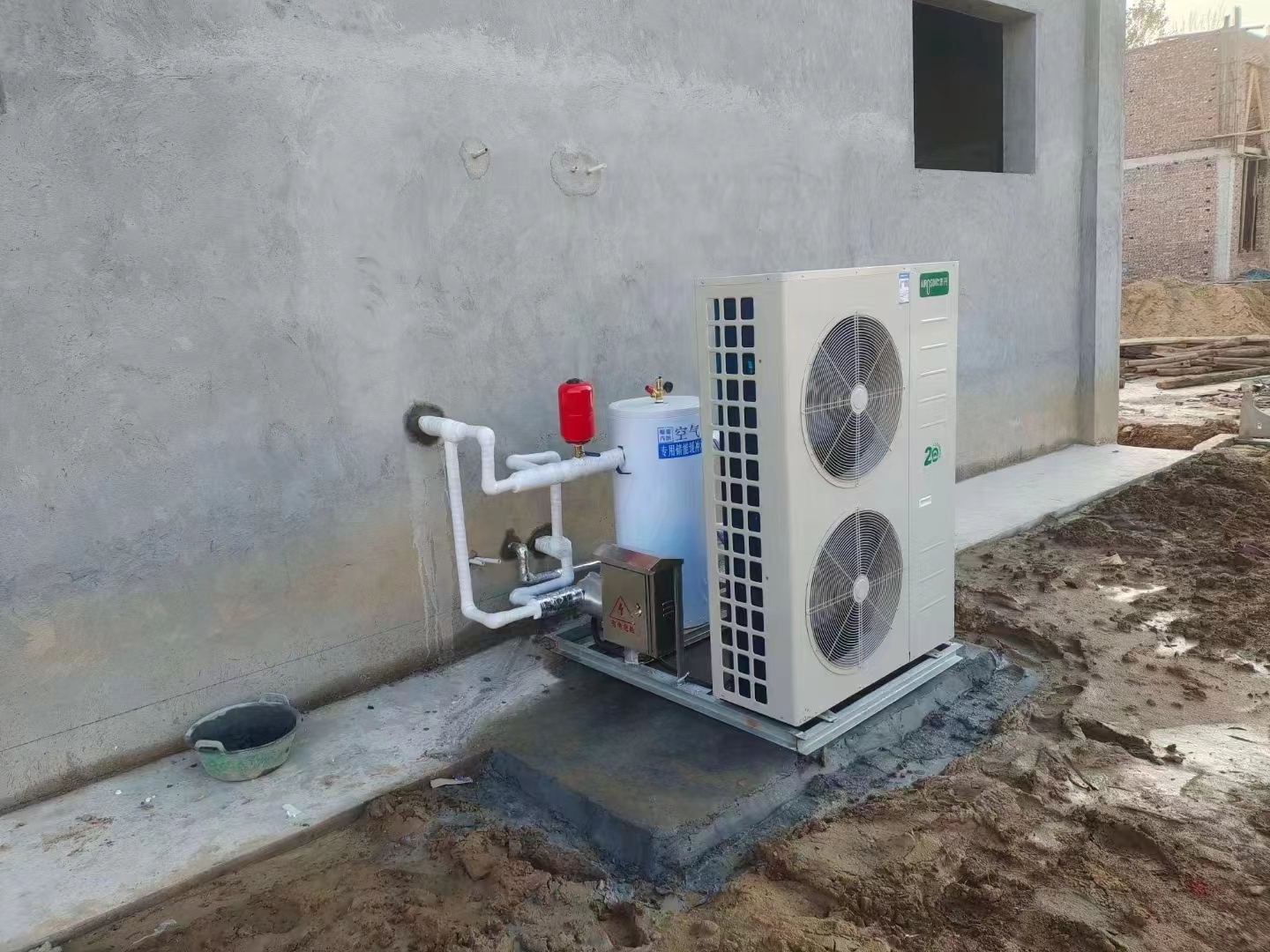
3. Energy‑Saving Advantages
Low Carbon, Environmentally Friendly
Using electricity rather than burning fuel, a heat pump—especially an air source heat pump—cuts CO₂ and NOₓ emissions. This greener profile helps offset any additional heat pump installation cost by reducing carbon taxes and environmental levies tied to heat pump cost.High Efficiency
Typical COPs above 3 mean each kWh of electricity yields over 3 kWh of heat. Such efficiency rapidly pays back the initial heat pump installation cost and slashes ongoing heat pump cost.Renewable Heat Utilization
By tapping air, ground, or water sources, heat pump technology makes free renewable heat available year‑round. Ground‑source setups hold COPs steady even in deep winter, further improving ROI against air source heat pump cost.Multi‑Functionality and Flexibility
Many heat pumps handle heating, cooling, and domestic hot water in one unit. This consolidation lowers total equipment spend—reducing both heat pump installation cost and cumulative heat pump cost.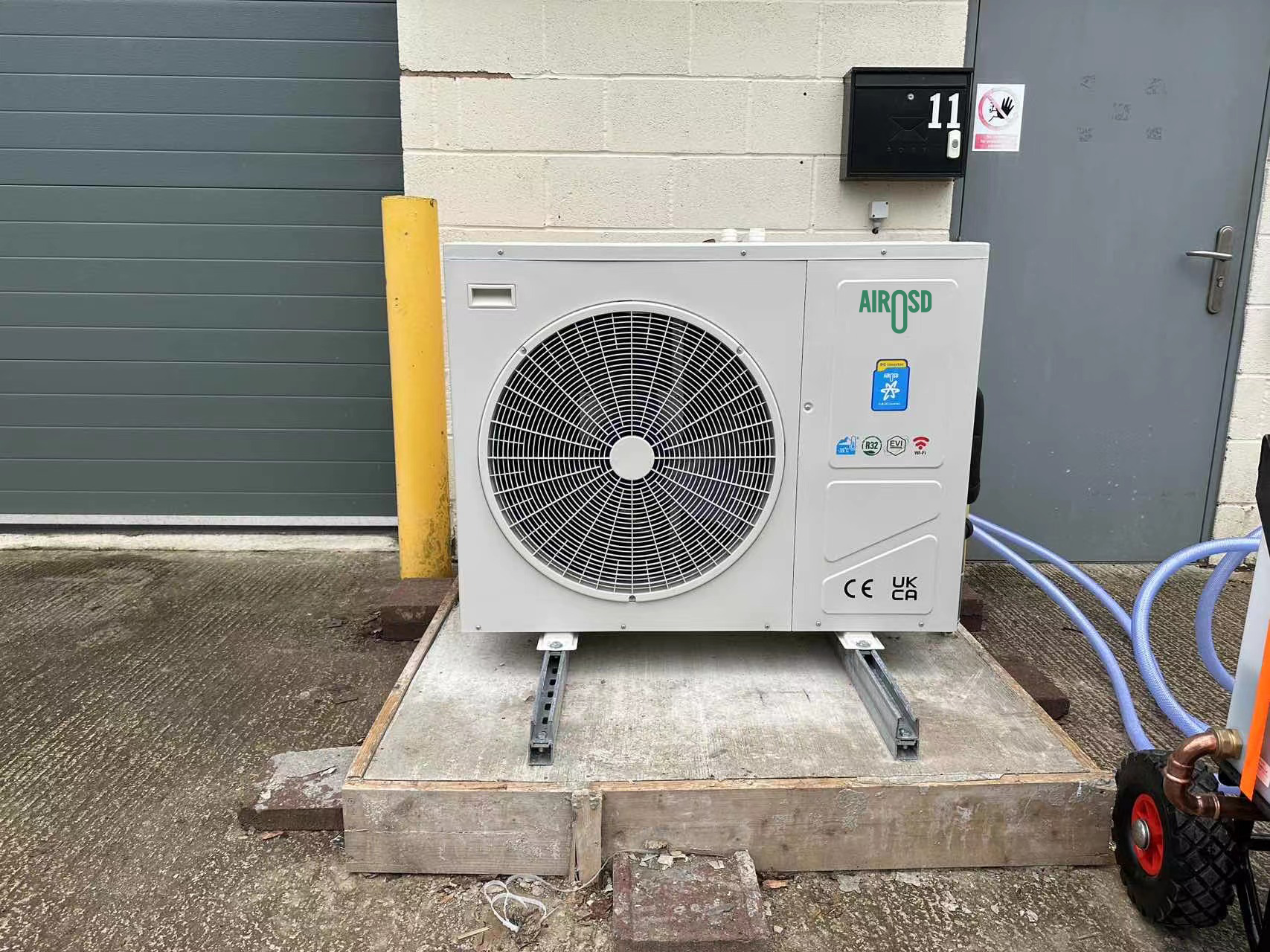
4. Key Factors Affecting Energy Savings
Ambient Temperature:
An air source heat pump sees COP decline below –10 °C, while ground‑source systems remain steadier. Choosing the right technology balances heat pump installation cost against expected seasonal heat pump cost savings.System Sizing & Operation:
Properly matched compressor size, heat exchanger area, and flow rates ensure peak COP, maximizing lifetime heat pump cost advantages.Piping Design & Insulation:
High‑quality insulation reduces distribution losses, preserving the gains of heat pump technology and lowering overall heat pump cost.Control Strategies:
Variable‑speed compressors and smart thermostats adapt to load changes, boosting partial‑load COP and cutting air source heat pump cost further.
5. Typical Applications
Residential & Multi‑Family Buildings:
In mild climates, an air source heat pump paired with underfloor heating delivers comfort and energy savings, overcoming higher heat pump installation cost through lower monthly heat pump cost.Commercial & Industrial Facilities:
Large ground‑source or water‑source heat pumps integrate with air handlers to provide high‑COP heating/cooling, reducing total lifecycle heat pump cost.Swimming Pools & Hot Water:
Pool and sanitary hot water heat pumps dramatically cut heat pump cost versus electric heaters or gas boilers, giving fast payback on heat pump installation cost.Agriculture & Greenhouses:
Combining heat pump technology with thermal storage extends growing seasons and slashes energy bills, making the upfront heat pump installation cost justifiable.
6. Future Trends and Outlook
Ongoing improvements in compressors, low‑GWP refrigerants, and AI‑driven controls continue pushing COPs higher. The blending of heat pump technology with district heating, solar PV, and battery storage promises further reductions in air source heat pump cost and total heat pump cost. As manufacturers optimize designs and drive down heat pump installation cost, market adoption is set to accelerate.
Conclusion
The energy‑saving principle of heat pump technology relies on thermodynamic “pumping” of ambient heat, delivering multiple units of heat per unit of electricity. Despite higher heat pump installation cost, both heat pump cost and air source heat pump cost decline sharply over the system’s life, while environmental benefits accumulate. An air source heat pump or ground‑source variant offers the dual promise of performance and sustainability—making modern heat pumps a keystone of the low‑carbon future.


